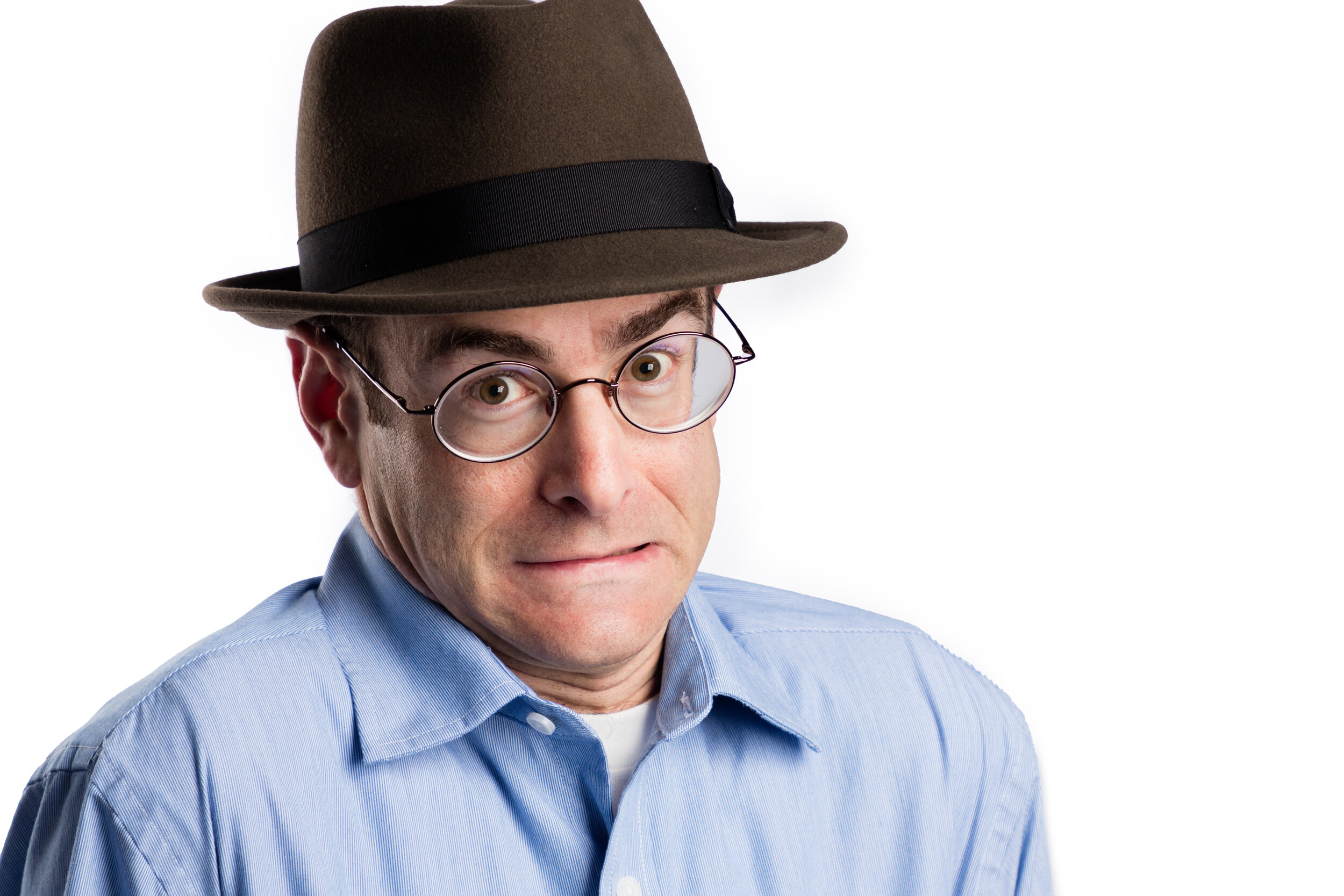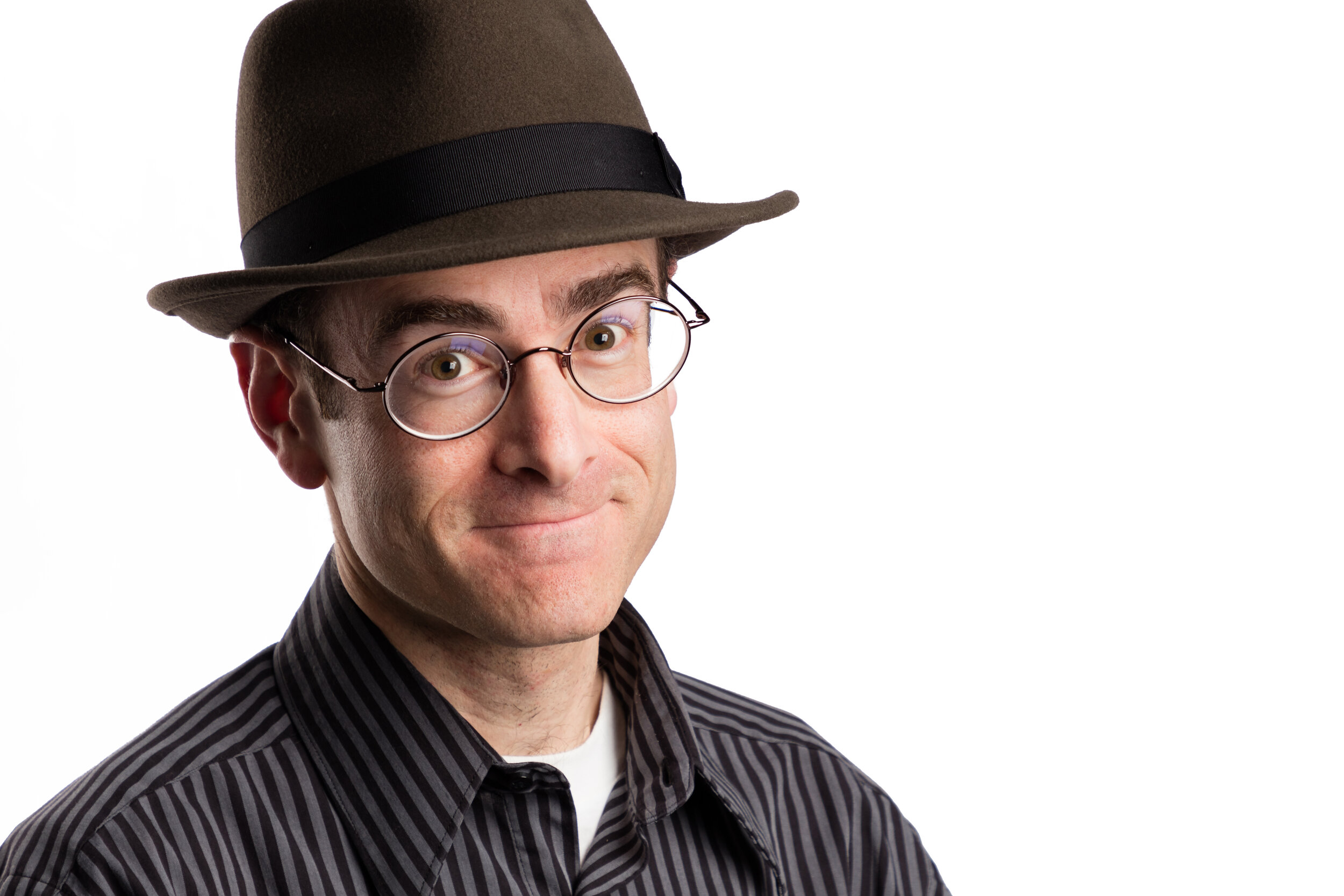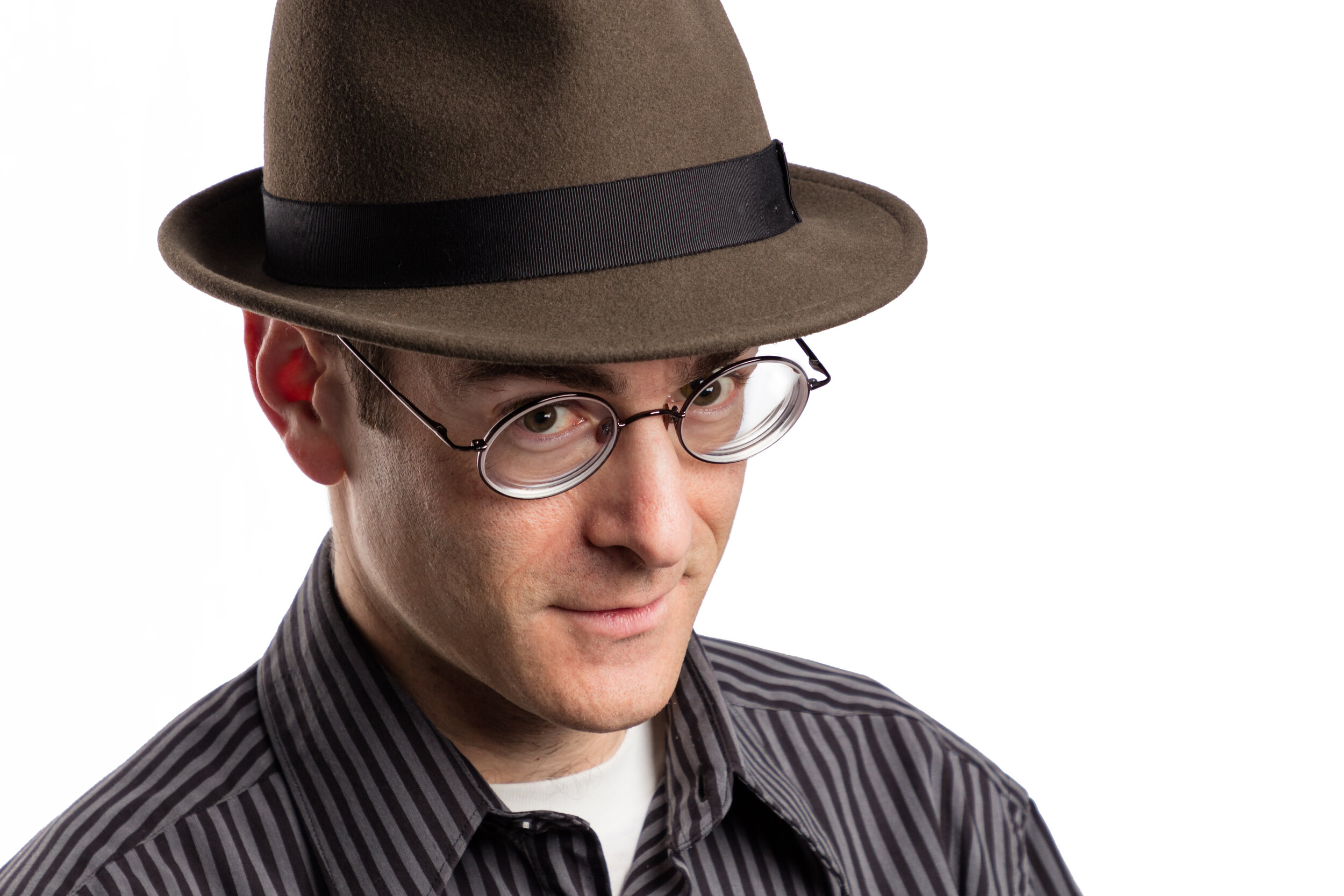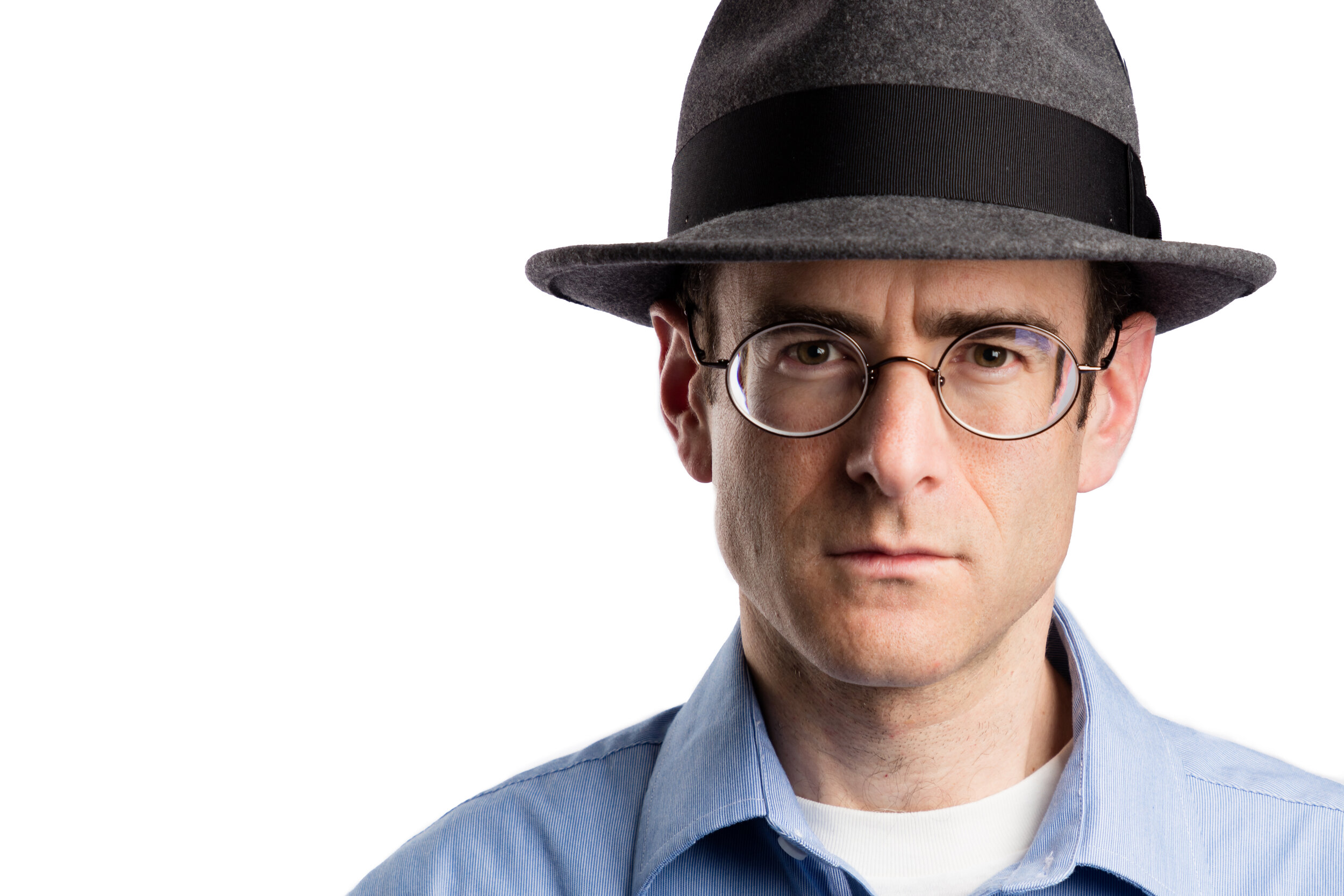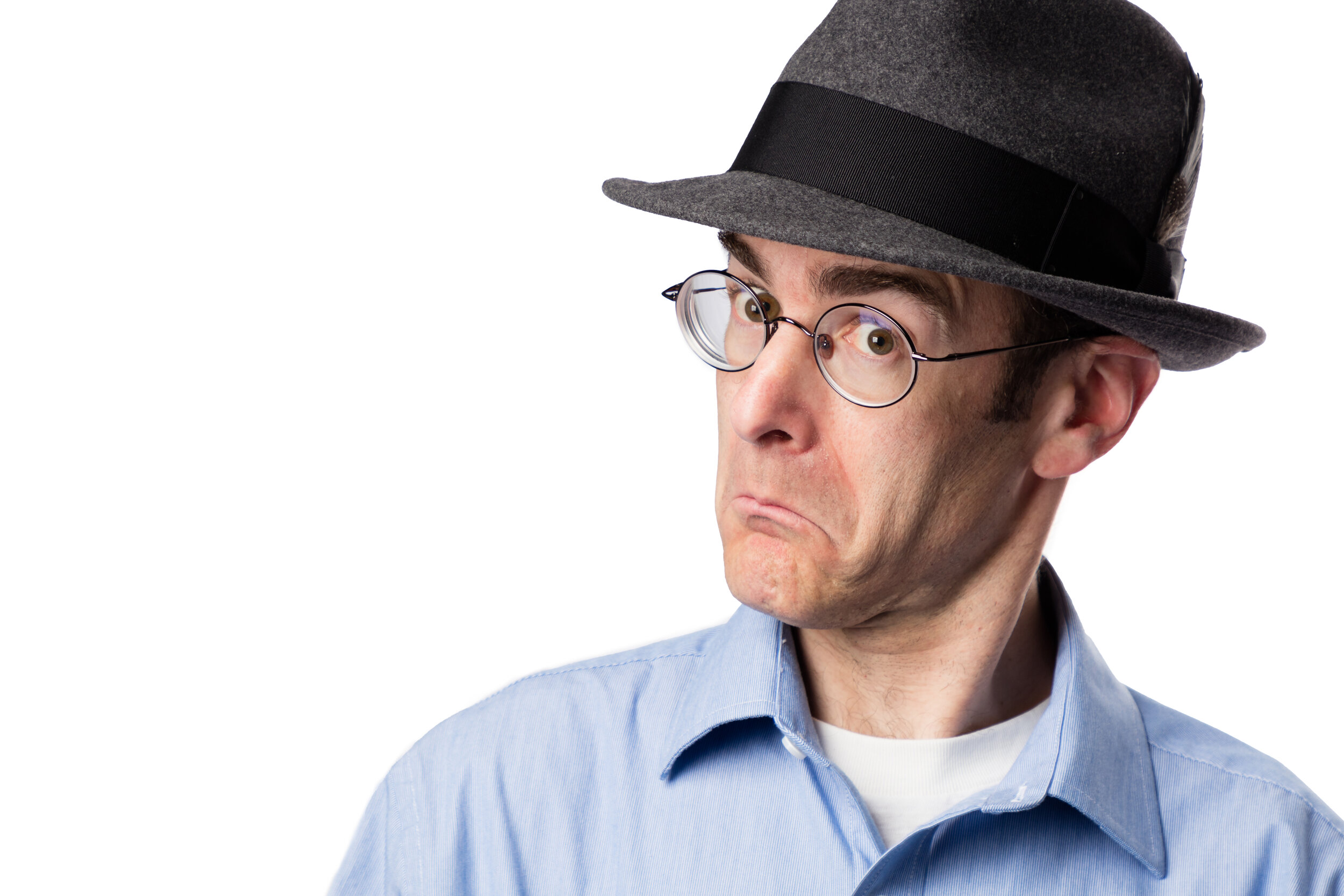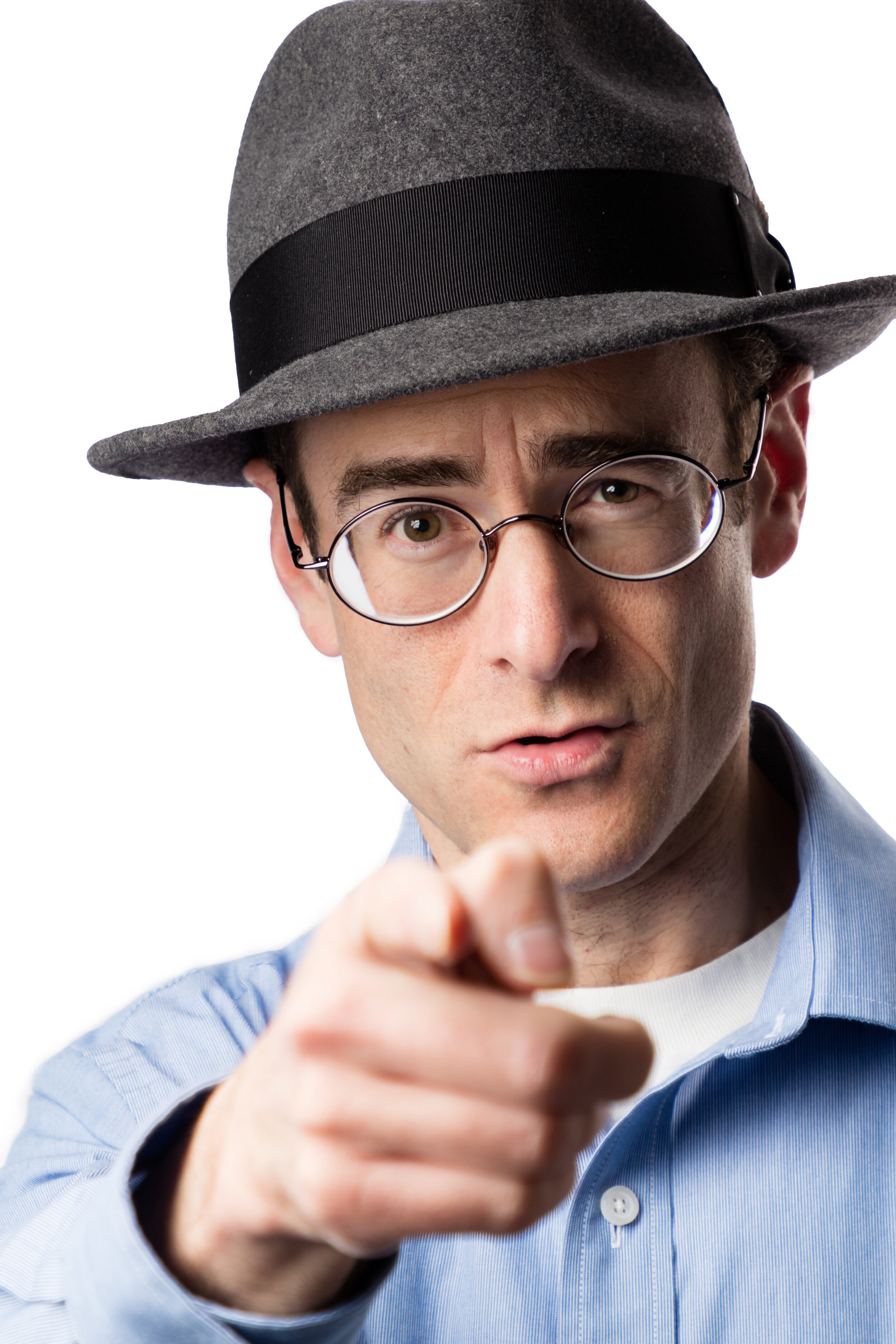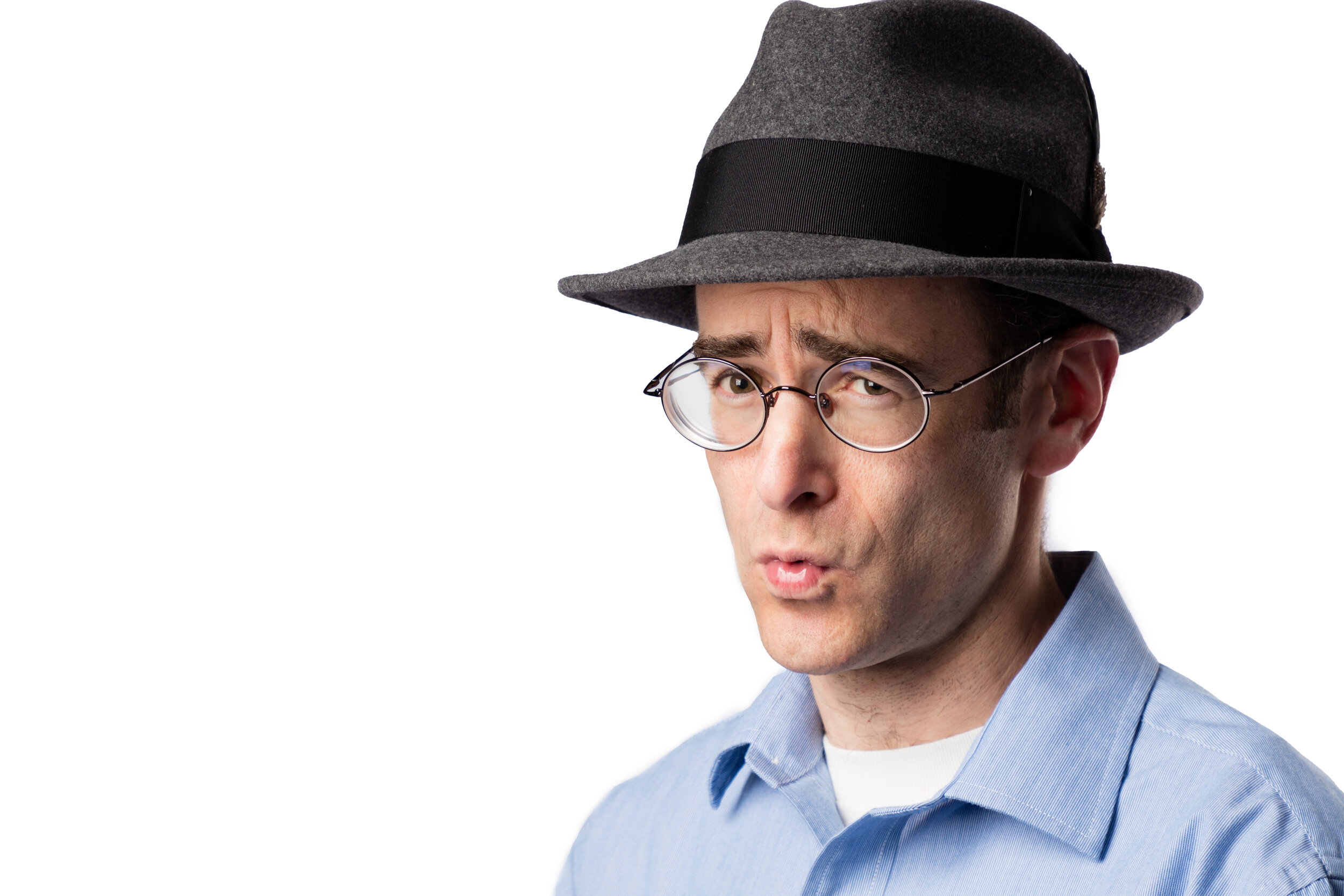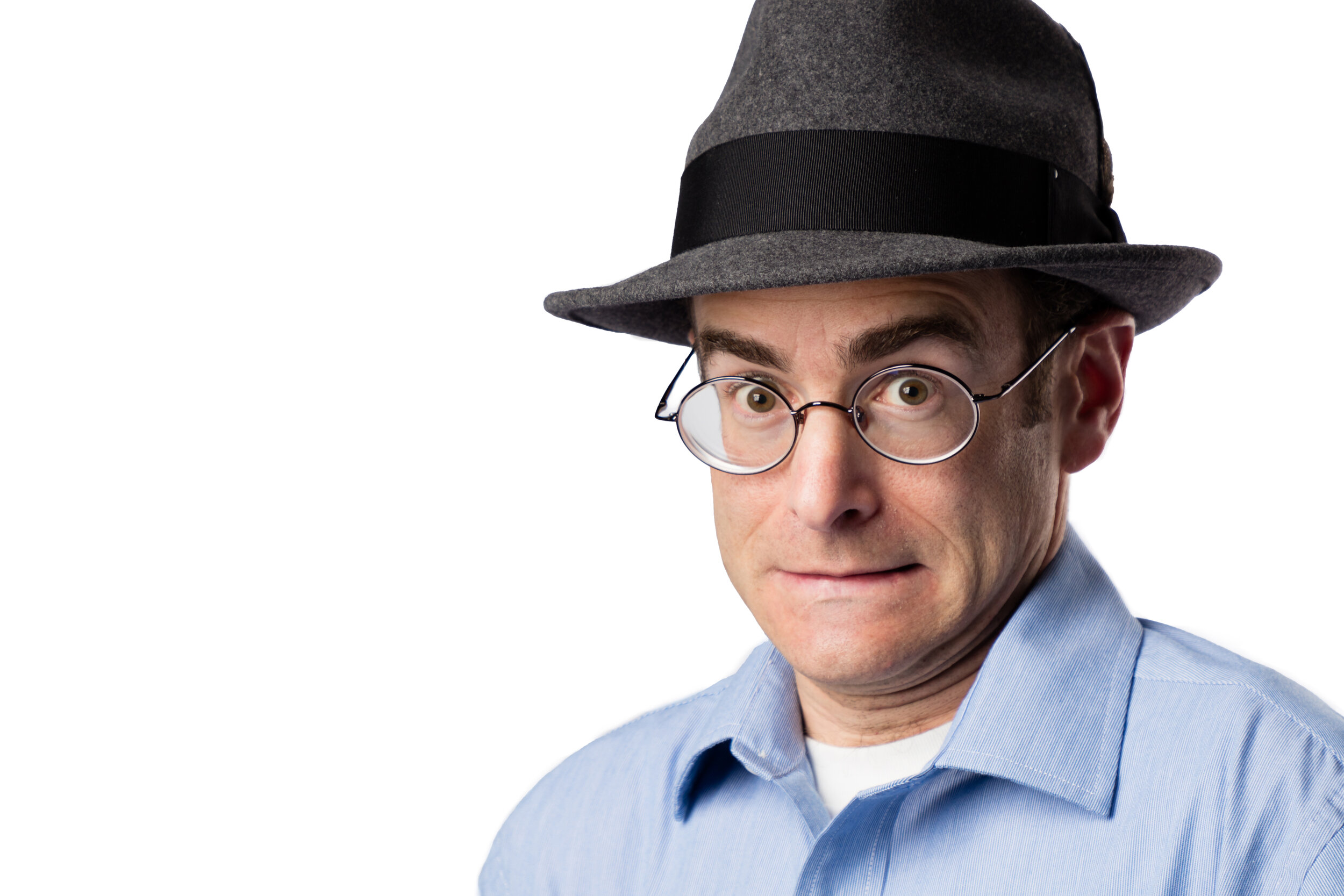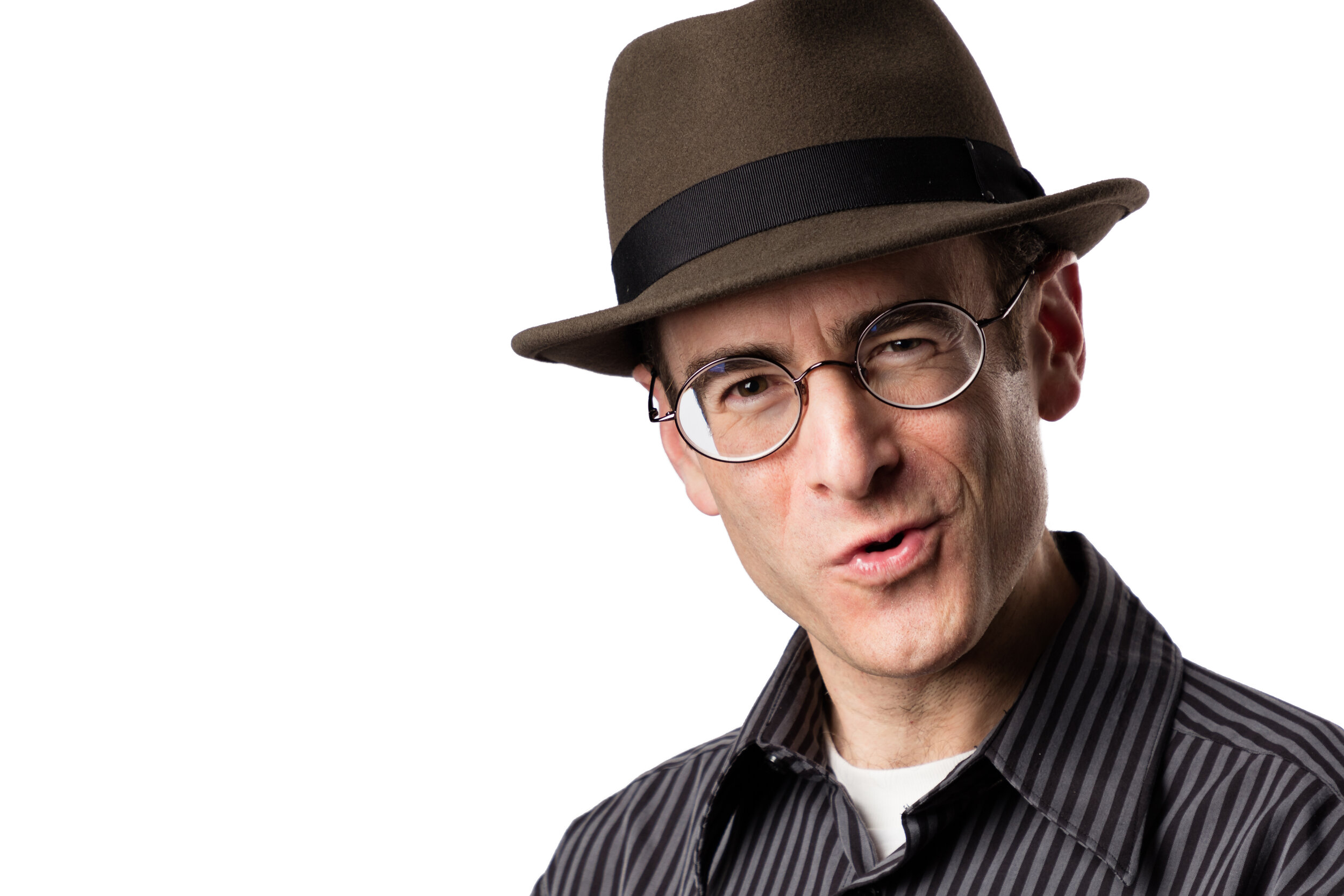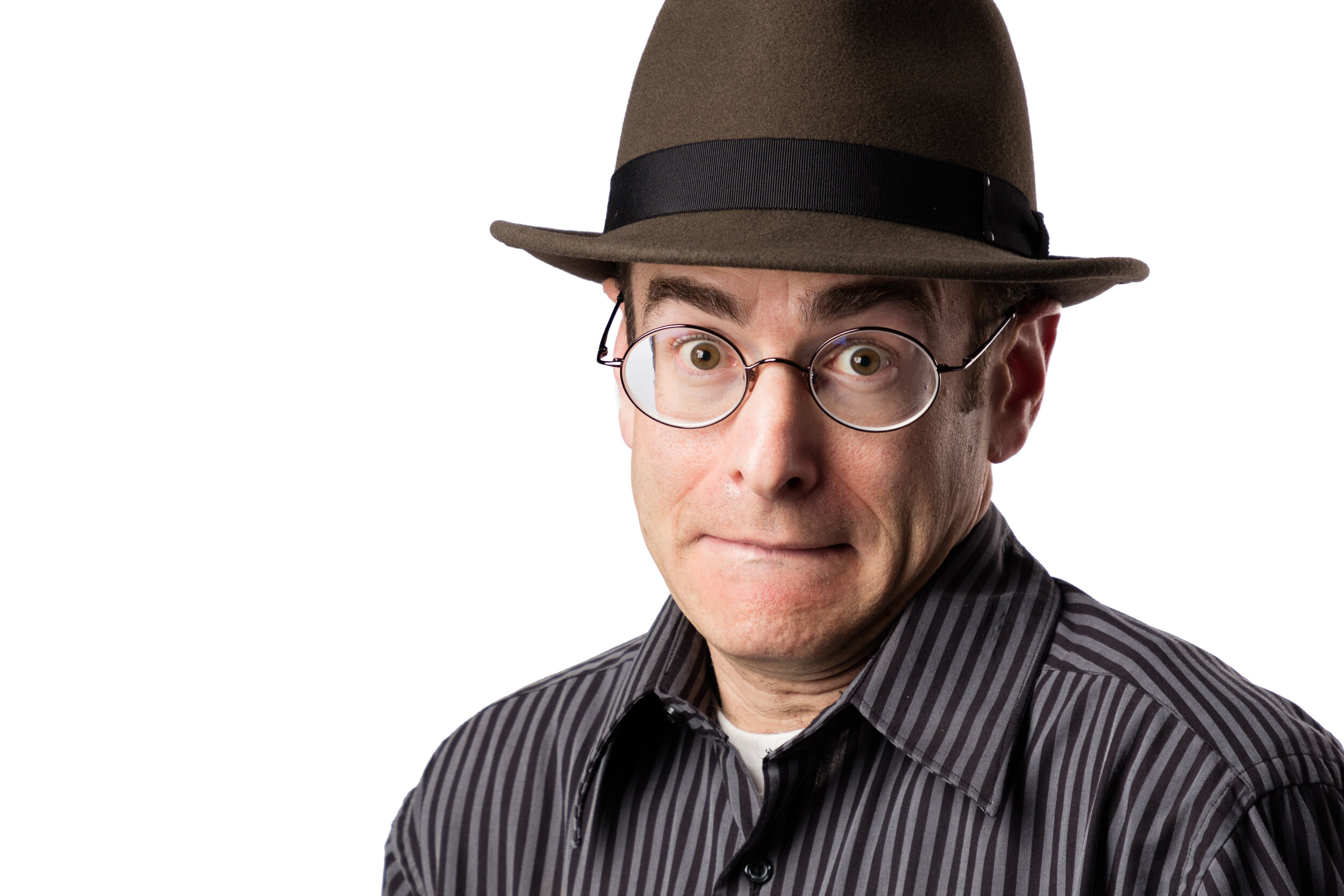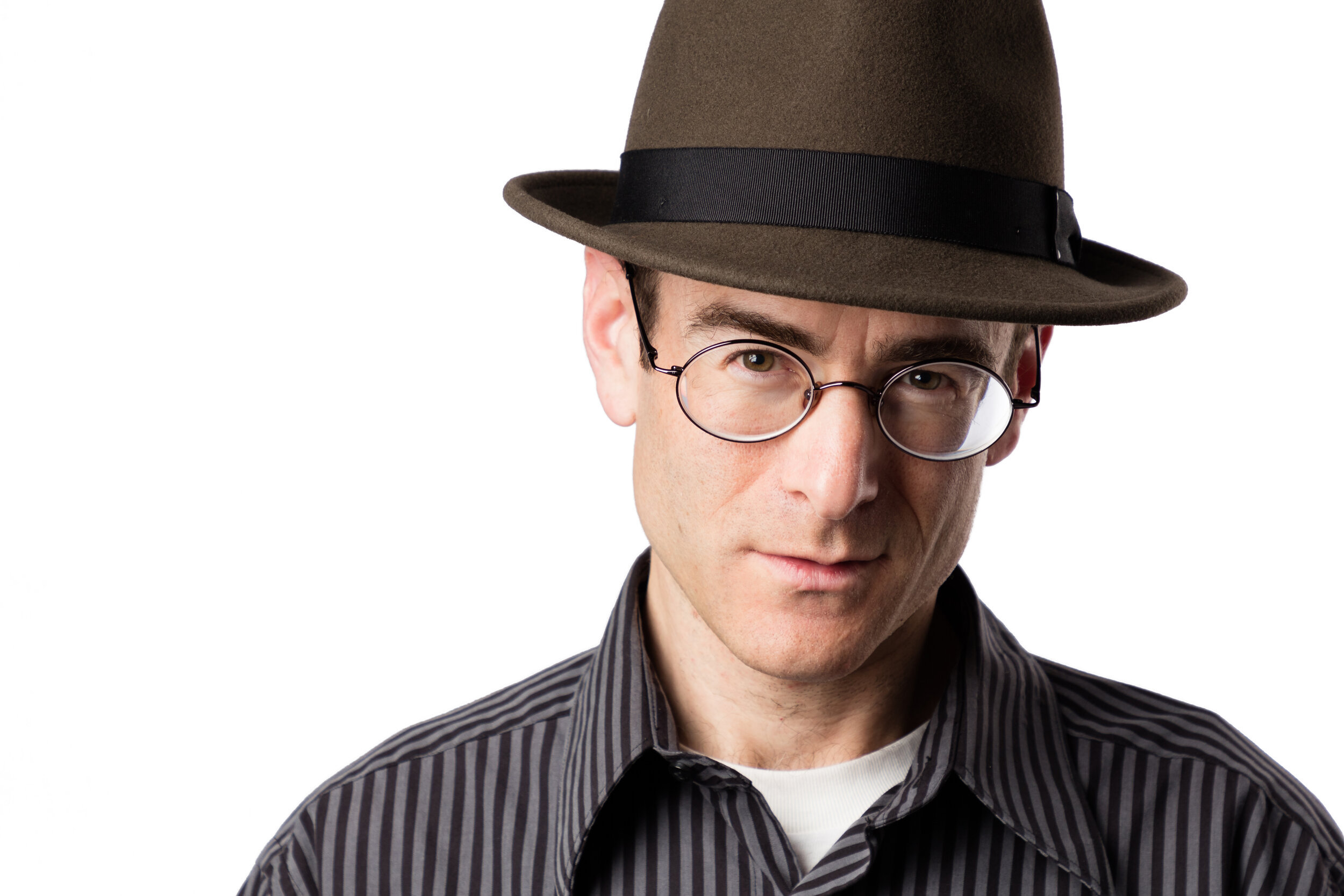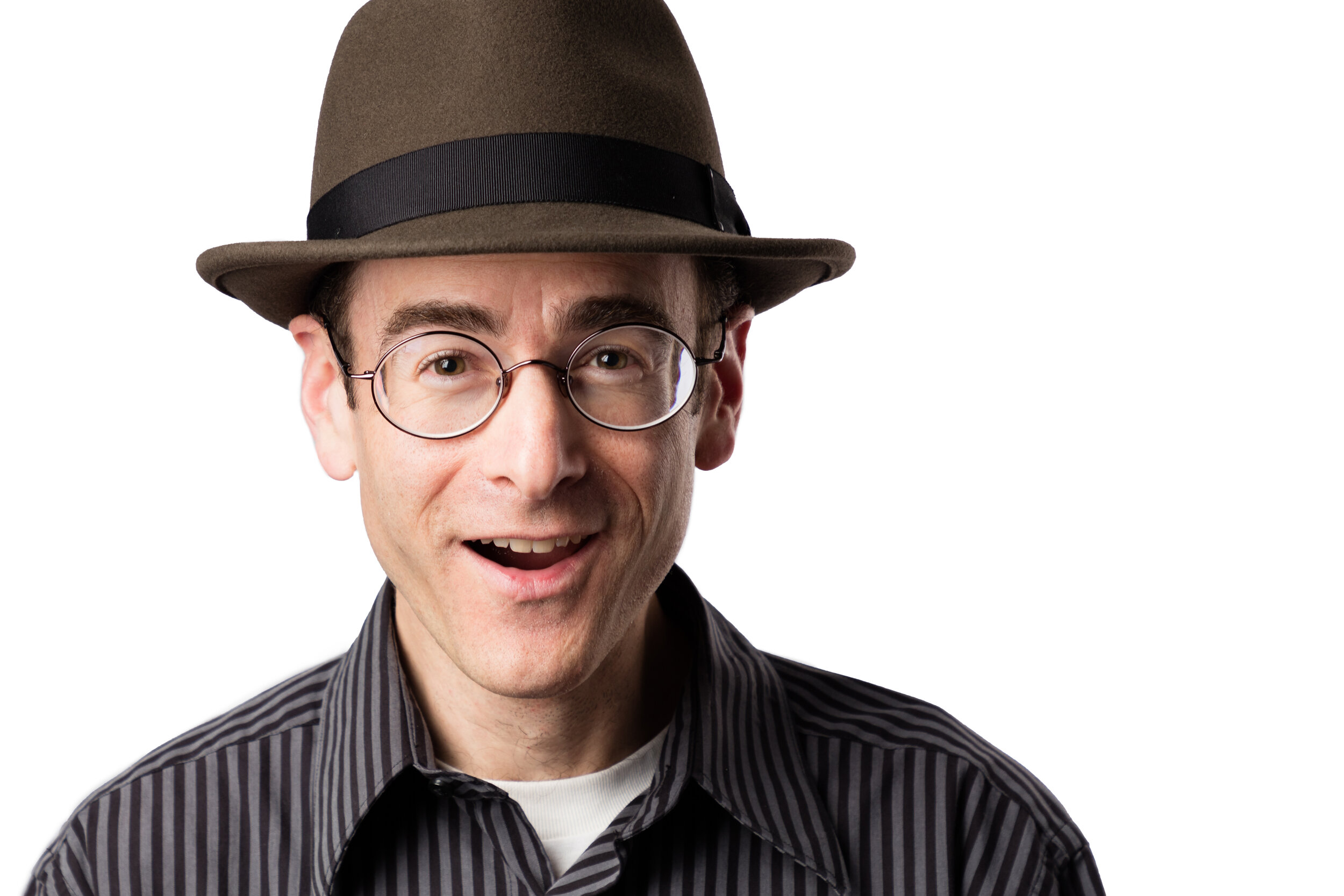I’ve been an allied member of the AIA since 2018, and I enjoy going to the different events we have each month. At least, I used to--with COVID we haven’t been able to do that for over a year. But hopefully we’ll start up live events again soon.
Here’s the writeup about me from the newsletter:
I am a member of AIA because…
I am committed to learning more about architecture and design and to supporting our community of architects.
I am an architectural photographer based here in Las Vegas. I’m always looking for artistic ways to capture a space and express what it feels like to be there. I know that most people will only ever experience a building through photographs, so I know how important my work can be to architects, and I take that responsibility very seriously. The work of architects inspires my artistic work of photography, and I enjoy every opportunity to collaborate with architects to showcase their creations.
What is the most important thing you’ve learned?
Persistence is everything. No matter how many times you are told “no”, you must not give up. You must keep going. All it takes is one person to say “yes”, and you’re off to the races. If you have something valuable to contribute, eventually enough people will recognize your value and you’ll be set. I’ve applied that persistence to my business, and so far so good!
What is your favorite piece of architecture? Why?
It’s so hard to choose! There are so many incredible pieces of architecture out there. But I think I’d have to settle on Frank Lloyd Wright’s Fallingwater. I grew up in Pittsburgh, about 90 minutes away from Fallingwater. That house reminds me of home. It sits in the woods of Western Pennsylvania and is part of the environment I'm so familiar with. I remember visiting the house as a kid, taking the tour, and being amazed by its various design elements. Maybe my visit there planted a seed of interest in architecture, and that’s another reason I love it.
What person, living or dead, would you most like to talk with?
One of the three grandparents I never knew. Is that cheating? I don’t care--how can I pick just one? Family is so important, and grandparents are a link to the past. They help us understand where we came from and where we’d like to go. I’d love to have the chance to talk with one of my grandparents to understand them and the world they lived in.
Where will you be in 20 years?
Retired! Well, hopefully not. I started my architectural photography career later than most, and I hope to continue working as long as I’m able to. I love photographing architecture, and at this point not only is it my profession, but it’s also my hobby. So I’d like to continue doing it for many years to come. In 20 years I hope to be a better-known photographer who has the chance to work on unique and special projects.




